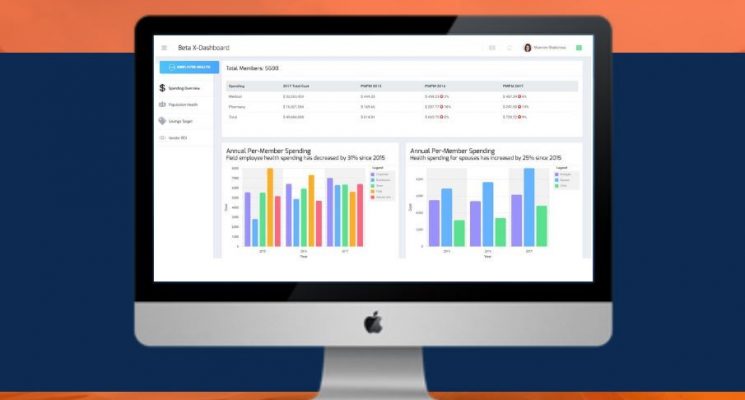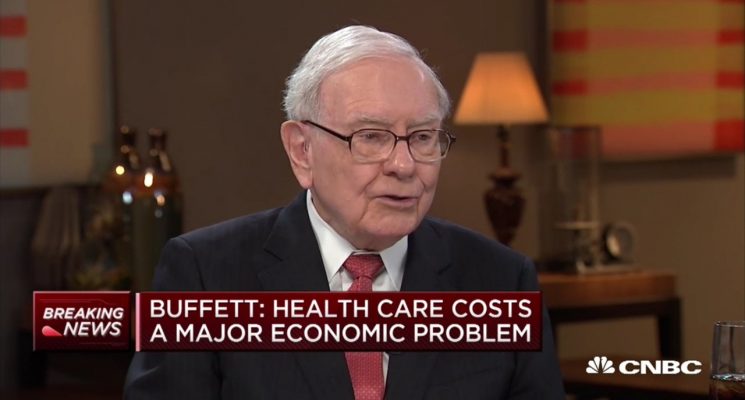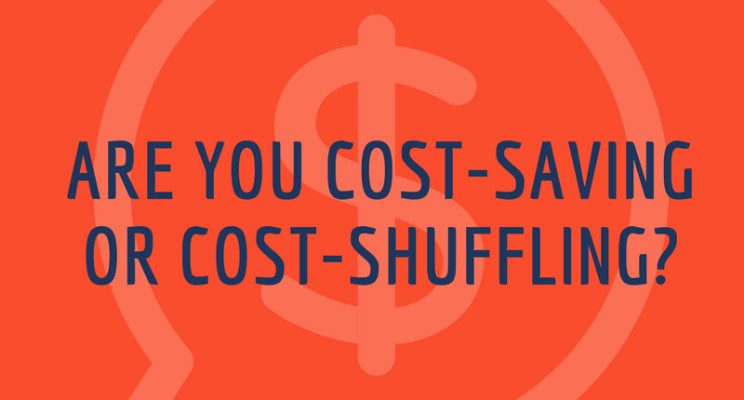Medications that Don’t Work and Costs that Vary by 865%: Here’s What We Found Hiding in 1 Employer’s Healthcare Spending
Healthcare
Approximately $2 billion of employer-sponsored health care spending is wasted each year due to unnecessary or preventable costs across the continuum of care. This is approximately 20% of total health spending by employers each year, according to the American Health Policy Institute.
Wasteful spending was a concern that one of our clients was facing when we met them. Their healthcare spending was increasing year over year in line with the healthcare industry trend, which is right now at +6% to +7% each year. Like most employers, a small group of people was driving a large percentage of their healthcare costs. And as, year over year, they were footing the gargantuan bill for their employees and their families, they were left with some very reasonable questions:
“Is the money we’re investing in our wellness program even making people healthier?”
“Is our diabetes-management program working?”
And, quite literally, the million dollar question…
“Where can we save on our healthcare costs?”
This employer partnered with us because of our team’s background in healthcare and wellness data science, as well as our team’s experience in advising large employers on their health spending strategy. We studied several years of their health and pharmacy data and we looked at this data by member status (employees, spouses, children) and by work location (corporate office, field offices, distribution center). We brought in absence data and we looked at the smoking status for each member. Here’s just a sampling of some of the highlights we found:
Diabetes is a major cost driver, but it could be costing less. Diabetes test strips, which were one of their top prescription drug cost-drivers, have costs that can vary by brand by up to 865%. The high cost variability of these test strips is not necessarily correlated to their quality. On one hand, an employer wants to make it as easy as possible for employees to access the diabetic supplies they need. However, without controls around this spending this could be a source of health spending leakage.
Members are not being driven to cost-effective medications. Pharmacy costs for diabetes medications were increasing year over year while medication adherence was decreasing. That right…the employer was paying more for less pills. What we found was that fewer people were taking their medications (adherence was decreasing). And of those who were taking their medications, they were being driven to the “preferred” brand of medication, but this brand was not the cheapest. This explains why they were paying more for less pills. This is also an indication that their medication formulary needs to be revised.
An expensive method to quit smoking was not working. A costly and well-marketed medication to quit smoking was costing in excess of $63,000. When we examined adherence, very few of the people who took this medication completed treatment. This was most likely due to the medication’s unpleasant side effects. In fact, of the 58 people who started taking this medication, only 3 completed the recommended round of treatment. Clinical evidence indicates that 1 in 2 patients completing this therapy will quit smoking. This means that it cost this company $63,000 for 1 or 2 people to quit smoking. This expensive (and, in this case, ineffective) medication was on the plan’s preferred drug list. If the pharmacy plan had step therapy in place, people looking to quit smoking would be directed to use effective, yet less expensive medications before moving to more costly medications.
The Emergency Room is a cost-driver, while very few members use Urgent Care. Emergency Room visits were on average 4 times more costly than visits to Urgent Care. Not only were very few members ever using Urgent Care, there was a long list of Emergency Room “frequent flyers.” This informs the employer’s communication strategy on educating their members on the purpose of Urgent Care, as well as how to identify when a trip to the Emergency Room is necessary.
Employers typically have two goals when it comes to paying for employee healthcare: they want to support employees in improving their health, and they want to control costs. As a former veteran of the corporate wellness industry, I will be the first person to tell you that lots of companies will promise to make employees healthy and to save them money. Very few will actually deliver. This is because employers want a partner who will help them to control health costs, not just to deliver a program.
Unfortunately, there’s no magic wand an employer can wave to suddenly reverse everyone’s chronic diseases. But there are many opportunities to ensure condition management programs have a positive return on investment. Furthermore, there are subtle clues hiding in their data that can show them areas where they are losing money where they shouldn’t. These are the many little holes where there’s healthcare spending leakage. It is our job is to find these holes for employers.
The good news for any employer looking to reduce wasteful health spending is that the insights we find are actionable. In this example, what we uncovered in this data is now being used by this employer to save money. Their Chief Human Resource Officer deserves enormous credit for not accepting the status quo with respect to their healthcare spending. He is among a growing number of HR professionals who understand that with the high cost of healthcare comes a responsibility to closely manage these costs. Their data drives a holistic strategy around health and wellbeing services that aligns with the strategy of the business. We are proud to partner with them to provide the actionable transparency they need to achieve their wellbeing goals.
* * *
BetaXAnalytics is a healthcare data consulting firm that helps employers to cut their healthcare spending through proven strategies to contain costs. For more insights on using data to drive healthcare, pharmacy and wellbeing decisions, follow BetaXAnalytics on Twitter @betaxanalytics, Facebook @bxanalytics and LinkedIn at BetaXAnalytics.










